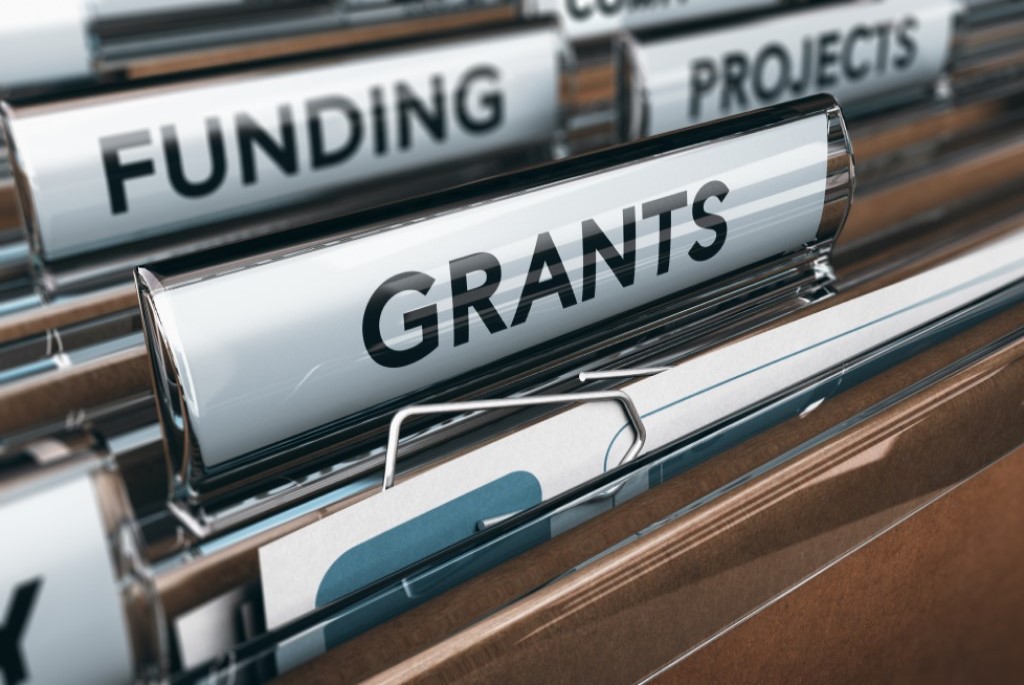Effective May 21, 2023, P&N has joined EisnerAmper. Read the full announcement here.
.jpg)
The U.S. District Court for the Northern District of California issued updated procedural guidance for class action settlements on November 1, 2018 that took immediate effect. The Northern District is one of the most forward-looking courts in the country, particularly with regard to complex litigation, and their actions usually reflect a desire to stay as current as possible with class action developments nationally. Parties to class action settlements will now face heightened disclosure requirements during preliminary and final approval stages in order to avoid delay, or denial, of the settlement.
Estimating Claims Rates
Parties are now required to disclose at preliminary approval an estimated amount of claims to be submitted. This requirement should be based on previous case history and/or experience of the selected settlement administrator and include examples that were used to identify the claims rate and how those examples relate to the case. Additionally, lead counsel should provide past history for at least one comparable case which should include, among other details, the total settlement fund, total class members, total notices sent, the method of notification, percent of claims submitted, the average recovery per claimant, the administrative costs, and attorneys’ fees and costs.
Settlement Administration
In addition to identifying the proposed settlement administrator at preliminary approval, already a common practice, the Northern District court will require more clarity into the process behind the selection of the administrator. The guidelines specify that the parties should disclose how many administrators submitted proposals, the method of notice and claims proposed, and lead counsel’s history of partnering with the selected administrator over the previous two years.
For a while now, there has been a growing voice among the judiciary, academics, and critics of class actions for more transparency during the administration of class action settlements, and these procedural guidance changes appear to be a manifestation of some of those ideas. The formal codification now institutes clear guidelines that the Northern District will follow when approving a selected administrator and a proposed notice program.
Noticing the Class
The Northern District further expands on how the parties and the selected administrator should locate and provide notice to class members suggesting they consider “identification of potential class members through third-party data sources; use of social media to provide notice to class members; hiring a marketing specialist…,” and adding, “[t]he notice distribution plan should rely on U.S. mail, email, and/or social media as appropriate to achieve the best notice that is practicable under the circumstances...”
Here, they expound upon the previously stated requirement to provide the estimated claim amounts for each class member, necessitating the information be included on the settlement website which is expected to be updated periodically to accurately provide claim amounts based on claims filed.
The guidelines’ inclusion of notice methods such as social media are appropriate considering how individuals consume information today and the way in which settlement administrators have used social media to notice the class in recent years, but it is interesting that the Northern District chose to explicitly expand on the use of ‘electronic means’, a term that will be newly codified as part of Rule 23 in December. Consulting with a qualified legal notice expert early in anticipation of the need for a comprehensive notice program is always important. Consulting with an expert who understands the new guidelines to assist with navigating and reporting to the parties and the court how class members will be identified and what methods will be used to provide notice will help facilitate the approval process.
Some of the additional steps and reporting, particularly with regard to the new Post-Distribution Accounting guidelines, will add an increased level of formality than has been typical in the process.
Post-Distribution
At the culmination of the notice program, 21 days after the distribution of the settlement funds, the parties should file a Post-Distribution Accounting. This update calls for, among other details, an accounting of the total settlement fund, who was sent and received the notice, percent of claims submitted, the number and percent of opt-outs and objections, average and median recovery amounts per claimant, inclusive of the largest and smallest paid to the class members, how notice was provided and how payment was made to the class, the value and number of checks not cashed, and how much was distributed as cy pres. Additionally, the parties will share the administrative costs of the notice program, attorneys’ fees and costs in the form of a percentage of the settlement fund and the inclusion of a multiplier, if applicable. The guidelines make an effort to assist practitioners by providing sample language that may be used for some of the requirements and recommends charts be utilized to simplify understanding of the data that is required.
Some of the additional steps and reporting, particularly with regard to the new Post-Distribution Accounting guidelines, will add an increased level of formality than has been typical in the process. This is not surprising as Judge Chhabria has been a strong advocate for a type of ‘third level of review’ post-final approval.
Conclusion
These are just a brief summary of the changes the Northern District has recently instituted. Many of the changes formalize practices that have been debated as class action solutions by academics and courts across the country, and, in some situations, already instituted ad hoc. They also bring the Northern District in line with the Amendments to Federal Rule of Civil Procedure 23 effective December 1, 2018.
Many of the requirements outlined in the updated guidelines reflect protocols that already currently exist and are embedded within the processes of practitioners and reputable administrators; however, there is now a clear emphasis on public transparency of that information. It will be interesting to observe how the heightened compliance and reporting standards will impact litigation and settlement strategies, if at all. But, a qualified settlement administrator and legal notice expert will be able to guide the parties through the notice program and claims administration processes, helping ensure that these guidelines are followed.




